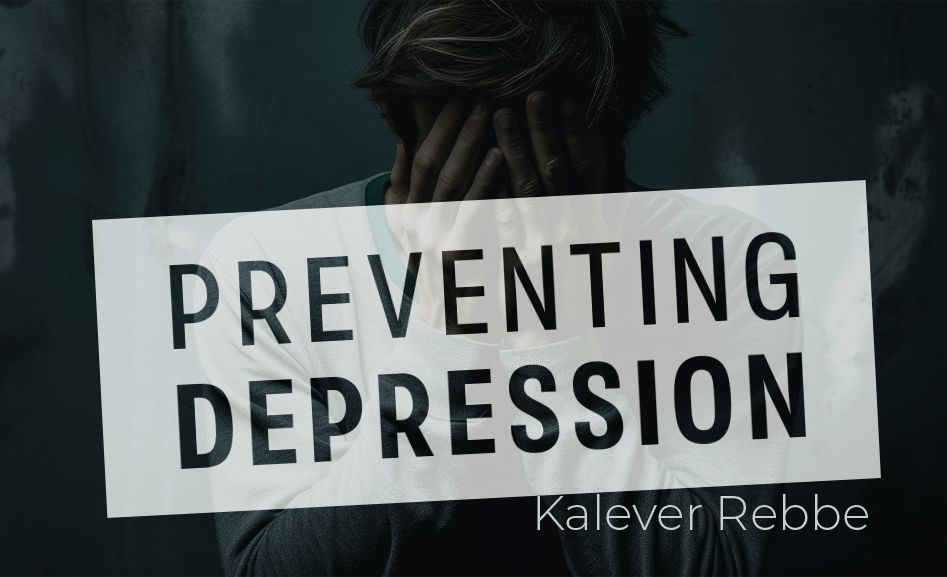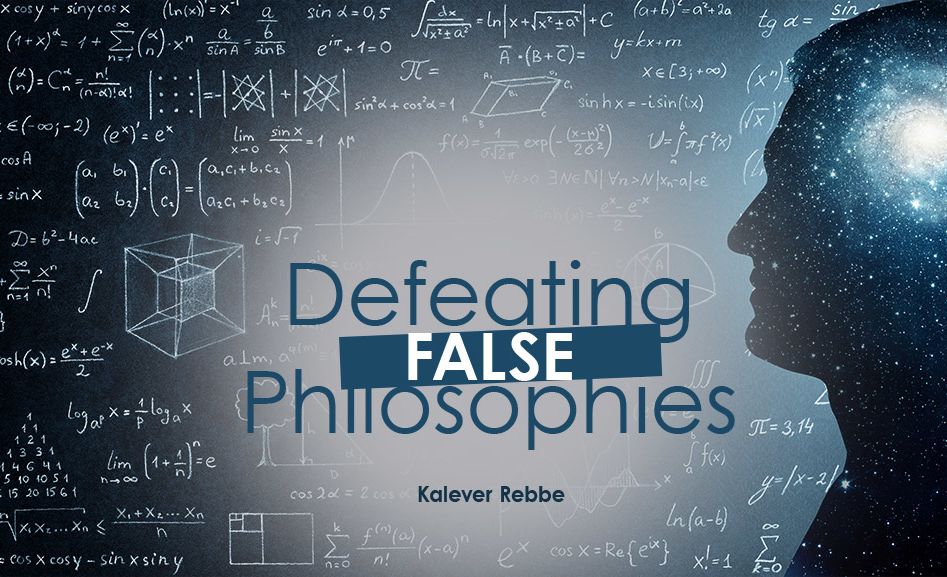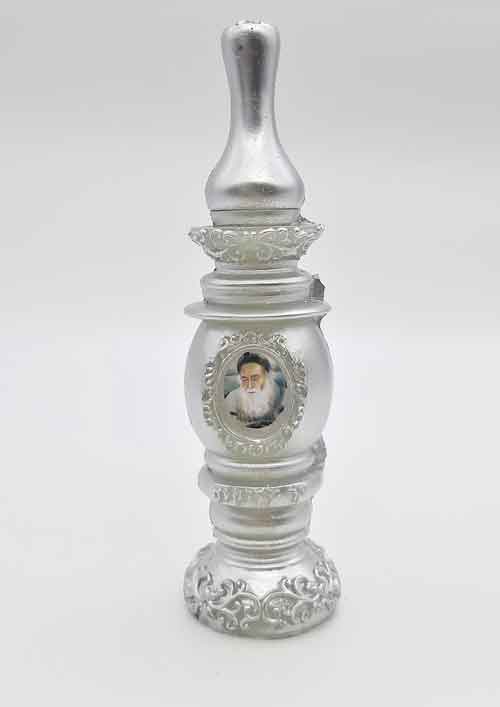
The Psychofakes
People who are living G-dless lives don’t have a compass with which to check the reality of their thoughts, reactions, decisions, or their values and moral choices...

Things are so mixed up today, that even the psychiatrists don't really know who's crazy, and who isn't.
The Rosenhan experiment was a famous experiment done to determine the validity of psychiatric diagnosis. It was carried out by a psychologist, David Rosenhan, who was also Stanford University professor at the time. It was published under the title On Being Sane in Insane Places in 1973 in the Journal, Science. And wow did this experiment shake up the psychiatric establishment for a while.
In his first experiment, Rosenhan recruited “make-believe patients” to feign or act crazy enough to get admitted to the hospital. The “imposters” included psychology graduate students, psychologists, a pediatrician, a psychiatrist, a painter, a housewife and Rosenhan himself. None of these people had a history of mental illness. All of them acted as though they were hearing voices that were not there as a ploy to see if they could get themselves admitted into 12 different psychiatric hospitals in various parts of the U.S.
It didn’t seem to matter whether the psychiatric hospitals were low-budget public facilities or the fancier resort-style facilities where the rich and famous go – in all cases, fake patients were admitted to the hospitals and given psychiatric diagnoses. The admitting doctors diagnosed them with all sorts of problems: they were manic depressive, they were schizophrenic, and they were probably a few other labels as well. But the truth was that they weren't really “crazy” at all, they were just very sane people  pretending to be mad and the doctors couldn’t tell the difference.
pretending to be mad and the doctors couldn’t tell the difference.
This experiment changed some of the laws and policies in the U.S. about the length of psychiatric hospitalizations (it shortened them). In those days though (1973), if a person was admitted to a psychiatric hospital it wasn’t so easy to get out. Even though the make-believe patients went back to acting normal right after their admission and said that they were feeling much better (the voices were gone), still they were all forced to admit that they were crazy and had to commit to taking the psychiatric medicines in order to get released from the hospital. During the experiment, one of the “imposter patients” was actually taking notes (as part of the experiment. The nurse made a note in his chart saying “patient engaging in writing behavior.”) The fake patients were kept in the hospital from 7- 52 days – they were locked up for an average of 19 days.
Rosenhan repeated his study again when he was “challenged” by some state-of-the-art psychiatric facility that similar errors couldn’t possibly happen in their facility. It was a well-known research and teaching hospital. For a period of three months Rosenhan agreed to send them more “pseudo patients” to see if they could pick out the sane from the insane. It turned out that out of 193 patients that were signed into the hospital during that 3 month interval, the psychiatric staff labeled 41 to be impostors and they labeled another 42 to be “suspect” of being imposters. But Rosenhan fooled them again because this time Rosenhan didn’t send any “imposter” patients to that hospital at all! That means that all of the patients who were suspected of being impostors by the hospital staff were just ordinary patients.
Psychiatry will label a person psychotic (or “crazy”) if they are “out of touch with reality.”
It follows that according to their own definition of “crazy,” the doctors themselves were psychotic because they thought they were talking to crazy people who were actually quite sane. Those doctors were clearly “out-of-touch” with the reality that they were speaking with perfectly normal, functional people who had no history of mental illness at all.
Now here’s an even “crazier” thought for you to mull over…
Judaism teaches us that G-d is the only true reality. Ain Ode Movado means that there is nothing but Him; the “The whole world is filled with His glory.” And whenever we start to think that “we” are a reality, G-d has to intervene to humble us and get us to see that He is running the world and not us. When we get all huffy because things are not going the way we feel want them to go, G-d must step in and in effect say: “Oh, so you think YOU are G-d? Now I’ll have to show you that you’re not!”
Most of the world today is suffering from a form of psychosis – they are “out of touch” with G-d – the one true reality.
If a person has severed himself from G-d he has severed himself from the only source of life and sanity he has. People who are living G-dless “lives” don’t have a compass with which to check the reality of their thoughts, their reactions, their relationships, their decisions, or their values and moral choices. They are truly the psychotic personalities of our time.












Tell us what you think!
Thank you for your comment!
It will be published after approval by the Editor.